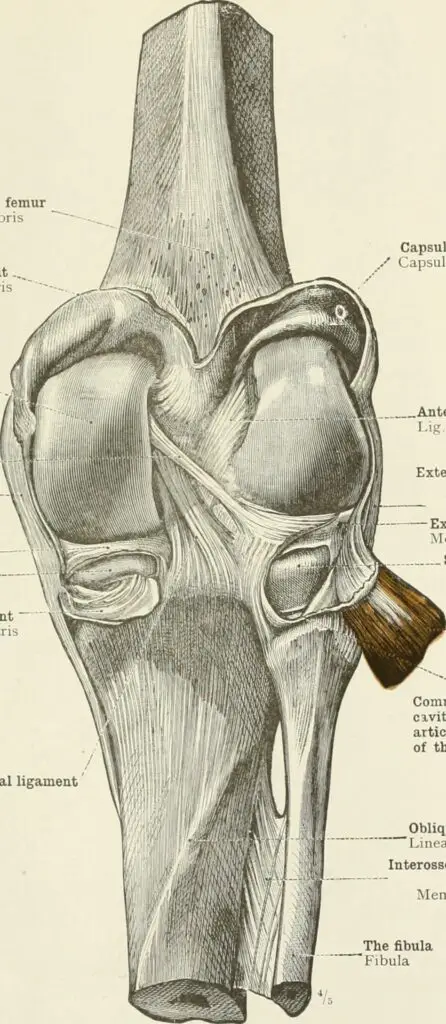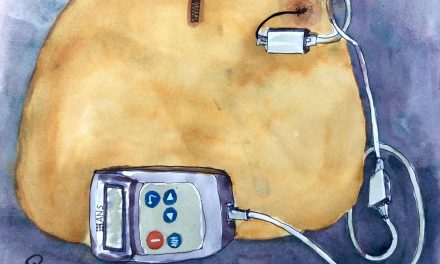A sudden sharp pain hit the back of your knee, followed by an intense throbbing ache, you may assume you just sprained or strained your knee.
Knee sprains and strains are two common injuries that occur when ligaments are stretched beyond their limits. These are the bands of tissues that connect bones and provide joint stability. While these injuries seem similar, there’s a difference between a sprain and a strain.
A strain refers to an injury that affects the muscles or tendons, typically caused by overstretching or overuse. A sprain, on the other hand, involves damage to the ligaments connecting bones, usually due to sudden twisting or wrenching movements. With a sprained knee there is often swelling, bruising, and tenderness to the touch at the back of the knee, where the ligaments attach.
How long does it take to recover from a knee sprain?
Sprains can take anywhere from two weeks to several months to fully heal, but the recovery time depends on the severity of the injury.
Factors that can influence recovery time include:
- medical history
- lifestyle habits
- genetics
- severity of the sprain.
For example, people who are active may have a quicker recovery time than those who are sedentary. Also, age can be a factor due to the malleability of bones in children to the weaker bones in most older adults.
Knee sprains vary in degree and can range from mild to severe. Mild sprains usually involve a small tear of the ligaments, while moderate and severe sprains involve larger tears or complete ruptures.

Anterior and posterior knee ligaments. (Image by Nick Ng)
Sprains are categorized into three different grades according to the degree of severity:
- Grade I (mild sprain): A small tear of the ligaments with some discomfort but minimal swelling and bruising. It can take 1–3 weeks to heal depending on how well it’s cared for and rested.
- Grade II (moderate sprain): A larger tear or partial rupture of the ligaments with pain, swelling, and bruising. Moderate sprains may require 4–6 weeks before healing and severe sprains can take up to three months or more to recover fully.
- Grade III (severe sprain): Complete rupture of the ligaments, resulting in extreme pain and noticeable swelling and bruising. Severe sprains should be examined by a doctor as soon as possible and may require surgery or other invasive medical treatment. It can take up to six months for the ligaments to heal completely.
Other injuries may also be present from the initial trauma, which may include strains (injury to the muscle or tendon caused by overstretching or overuse) and contusions (bruising due to a direct blow).
In cases of more serious sprains, surgery may be required to repair any torn or damaged ligaments. This should only be considered as a last resort and after consulting with a medical professional.
Where in the knee do sprains often occur?
Knee sprains often occur in the ligaments that surround the knee joint, which is composed of bones, ligaments, tendons, blood vessels, and nerves that work together to provide stability and movement.
The two main bones of the knee are the femur (thigh bone) and tibia (shin bone) but the knee also has a floating bone (a bone not directly connected to another bone) called the patella. These bones are connected by four major ligaments:
- anterior cruciate ligament (ACL)
- posterior cruciate ligament (PCL)
- medial collateral ligament (MCL)
- lateral collateral ligament (LCL)
Sprains most commonly occur in either the ACL or MCL. These are seen most in athletes who play contact sports, such as football and soccer, and in movements where sudden twisting or changes in direction, such as skiing, running, and jumping.

The PCL is one the second common knee ligament to get injured. (Image from page 254 of “An atlas of human anatomy for students and physicians” (1919). Public domain.)
One study from Showa University in Japan found that the skiing equipment used had a direct correlation to knee stability. The researchers found that ACL injuries had increased by 31% when skiing style changed from alpine to carving skiing, which increased the knee’s torque.
What do I do to speed up knee sprain recovery?
We often feel that speeding up recovery comes with action, but this is only useful later in the later stages of recovery. The best thing to do initially is to let your body rest. Limiting the number of processes the body performs allows the greatest amount of energy to be focused on healing. In other words, doing too much, too soon will be detrimental rather than helpful.
In the past, the RICE (rest, ice, compress, elevate) was often recommended until someone could be seen by a medical professional. However, more recent articles and studies are recommending immobilization through braces or similar supports. Gentle compression will facilitate the healing process while still decreasing swelling and pain until a medical professional can be seen.
Physical therapy can reduce pain and strengthen muscles around the joint. A 2022 study published in the Journal of Healthcare Engineering showed that doing exercises that focus on proprioception exercises, or exercises that help the brain understand where the body is in space (i.e., balance and coordination), can reduce pain and improve joint stability while decreasing recovery time.
Knee sprain recovery requires proper rest and management of the injury. To speed up recovery time, patients should follow these do’s and don’ts:
Do:
- Rest: this includes avoiding activities that put strain on the knee, such as running or jumping.
- Immobilize: brace the injury to prevent further damage.
- Compression: use gentle compression to aid in decreasing swelling.
Don’t:
- Over-exert: Avoid activities that put excessive strain on the joint. This can delay healing and cause further damage.
- Ignore pain: if pain persists or worsens during recovery, contact a doctor immediately.
Related: [Pain behind the knee: why it hurts]

Lindsay Jones, LMT
Lindsay is a licensed massage therapist and a mother of three, who specializes in rehabilitation with emphasis on prenatal and postnatal care.
After graduating from the National Holistic Institute in San Jose, Calif., she went on to study how pain affects the body and how it can be alleviated during the constant changes of pregnancy and early motherhood.
In her free time, Lindsay has a deep love of all forms of art from storytelling and music to sewing and painting.





